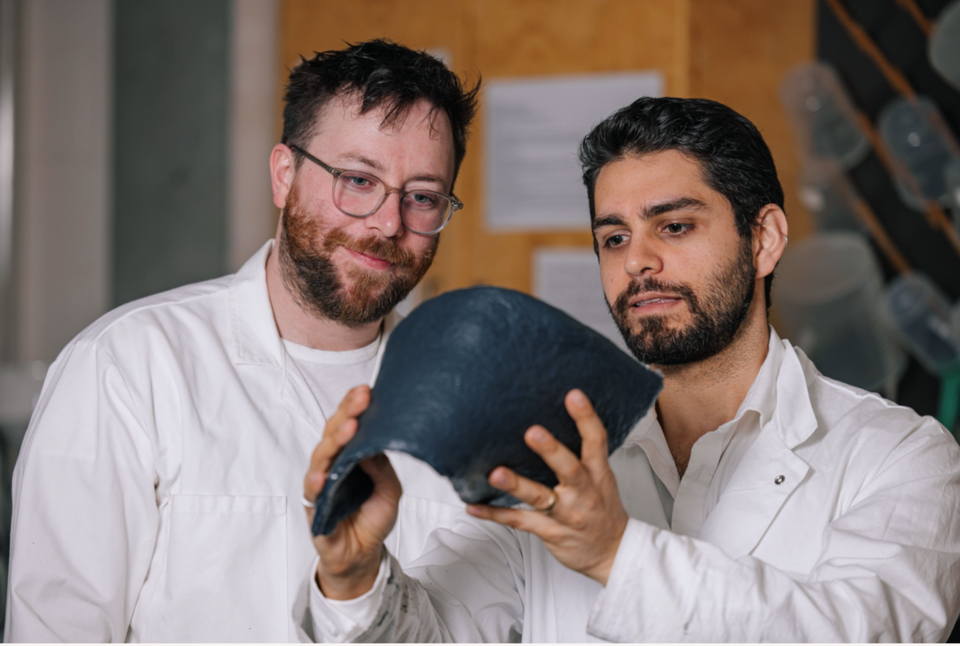Kelp from British Columbia’s coastline and wood fibres from its forests could be one solution to plastic pollution, according to research being conducted at the University of B.C.
Bioform Technologies is one of two B.C. companies at the university looking at ways to reduce the use of common plastics derived from fossil fuels.
“We use the world’s most regenerative materials to create products that sustainably eliminate plastic waste without the green premium,” said Bioform co-founder and CEO Dr. Jordan MacKenzie.
The company has produced a so-called “bioplastic” product using kelp and wood fibre that can be used for rigid packaging products such as beverage lids and takeout containers.
The kelp-wood combo can also be used for agricultural mulch film, used to retain moisture in soil, according to the company in a statement released by the university May 26.
“Most plastic mulch is made from polyethylene (PE) because it’s cheap and durable, but PE can stay in the soil for decades and cause significant environmental contamination,” explained MacKenzie. “As well, food packaging waste is a long-standing problem — tonnes of beverage lids end up in the landfill because they’re almost impossible to recycle.”
Co-founder Dr. Mark Martinez said the material is inspired by spider webs as it produces a plastic-like film.
“Our technology is quite flexible and we are currently developing biodegradable bioplastic tubing for use in the hospital setting,” said Martinez.
The company claims the bioplastic breaks down easier than other biodegradable plastics.
Another university-based company aiming to keep toxic plastics out of oceans is A20 Advanced Materials, which is using a novel polymer to add to products such as marine paints and industrial coatings to make them more durable, thus increasing their lifespan.
The material is said to be "self-healing" as it can re-bond if broken.
The company says self-healing materials have drawn increasing attention from battery manufacturers looking to extend the lifespan of phones, energy storage devices and similar products.
“These unique materials possess a plethora of remarkable properties such as reversibility, flexibility, self-healing, adhesion, biocompatibility, thermal stability, anticorrosion and antimicrobial activity all at once, a combination that cannot be found in another class of polymeric materials,” notes A2O co-founder, chemical and biological engineering professor Dr. Savvas Hatzikiriakos.




